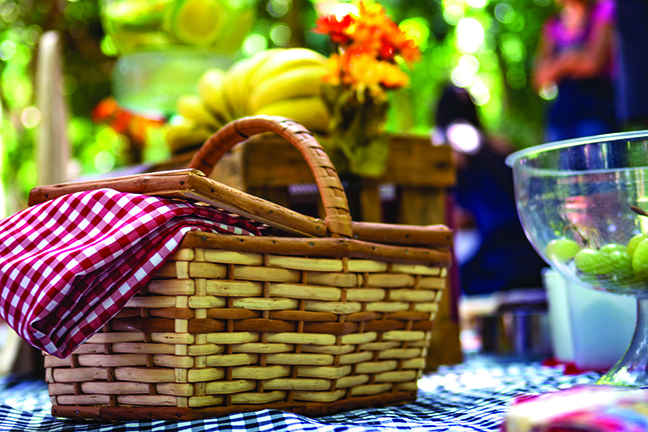Keep cold food cold and hot food hot this summer


At the next picnic, let the spotlight shine on the food – not on party crashers, like Salmonella or Listeria. When temperatures rise and food safety steps aren’t followed, cold dis...


At the next picnic, let the spotlight shine on the food – not on party crashers, like Salmonella or Listeria. When temperatures rise and food safety steps aren’t followed, cold dis...